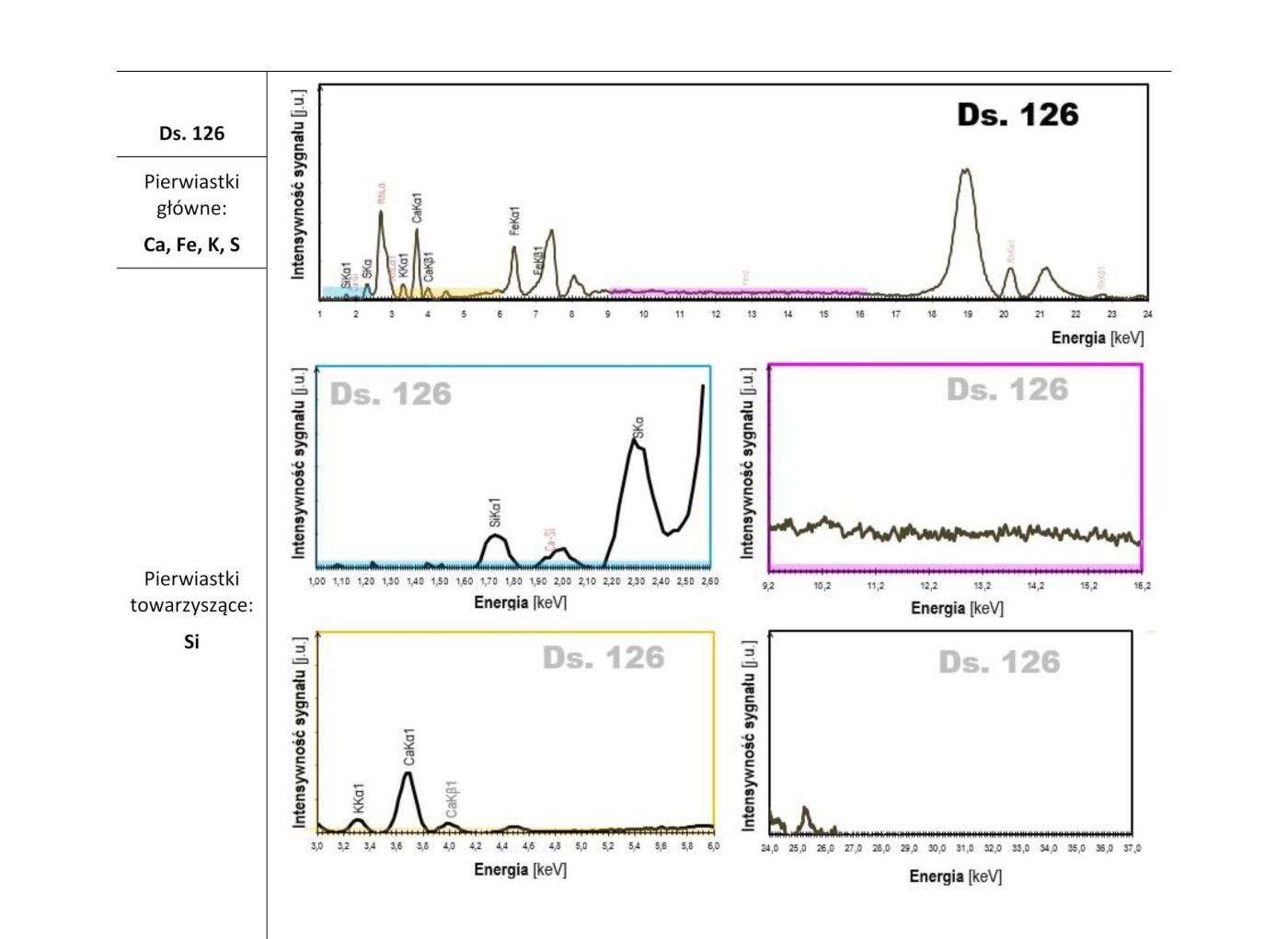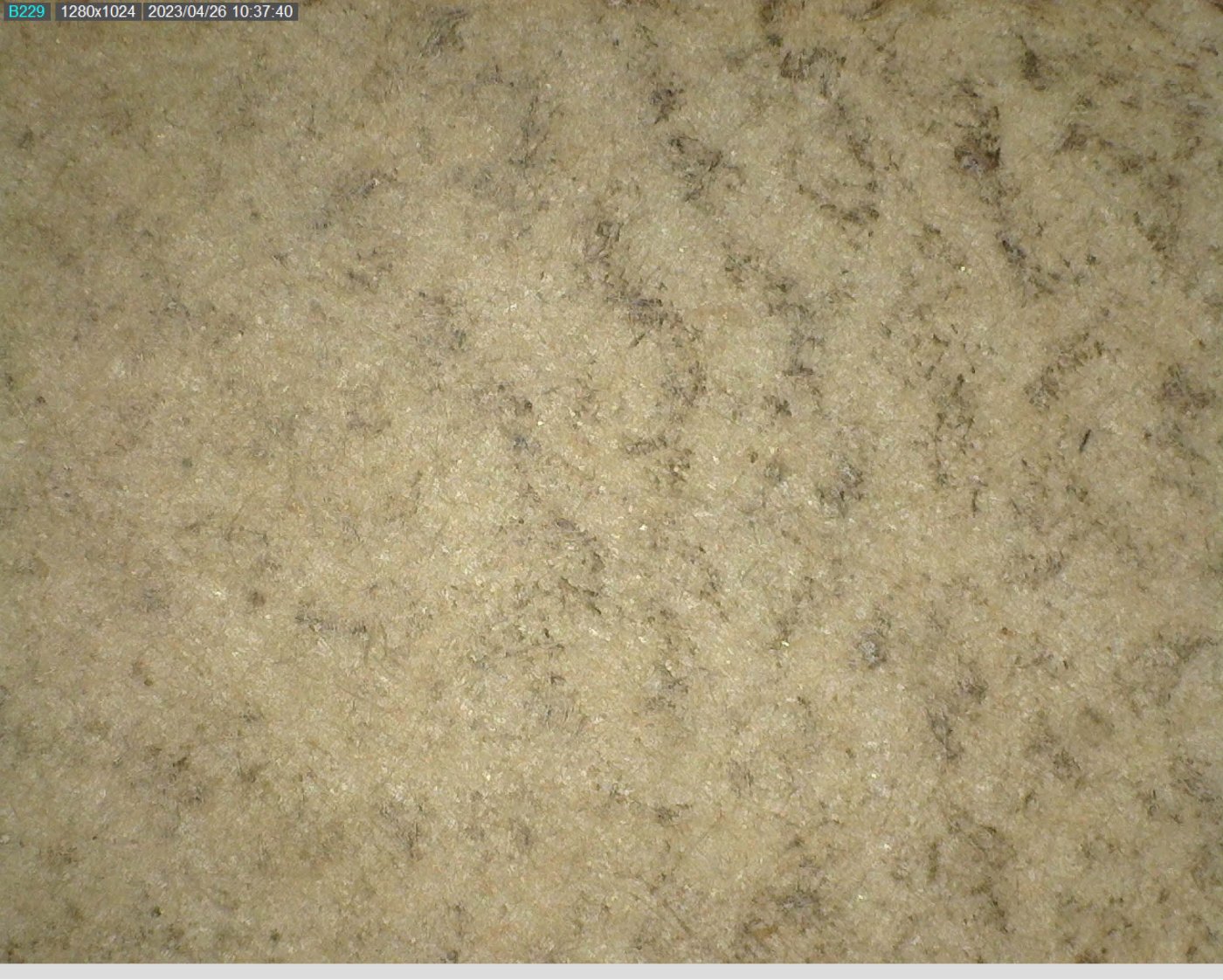DRANGSONG MANUSCRIPTS
|
1. Text number |
Drangsong 126 |
|
2. Text title (where present) in Tibetan |
༄༅།།ཡུལ་བཙན་བཆོད[མཆོད]པ་ཞུགསྷོ[བཞུགསྷོ]།། |
|
3. Text title (where present) in Wylie transliteration |
Yul btsan bchod[mchod] pa zhugs+ho[bzhugs+ho] |
|
4. A brief summary of the item’s contents |
This offering ritual is performed if one vomits blood as a result of an encounter with a btsan deity. Staring from the land of Lo, all the btsan deities are worshipped throughout all the Tibetan world, the three districts in upper Tibet (mnga’ ris skor gusm), the four horns in central Tibet (dbus gstang ru bzhi), and the six ranges in lower Tibet (mdo khams sgang drug), where they usually live on red mountains or rocky cliffs. |
|
5. Number of folios |
8 |
|
6. Scribe’s name |
|
|
7. Translation of title |
An offering to the local btsan deities |
|
8. Transcription of colophon |
ces yul sa btsan mchod rdzogs+ho/ dpon gsas rig ’dzin gyi ’od zer gyis/ gzigs snangs[snang] la phrul nas mdzad pa’o/ bkra shis/ dge’o/ mangalaṃ/ btsan gsol bya na ’di bya’o/ legs+ho/ |
|
9. Translation of colophon |
In this way, the offering to the local btsan deities is completed. Written by the Guru ’Od zer (?) on the basis of his vision. Blessings. Virtue. Good fortune. The offering for the btsan should be done in this way. Excellent! |
|
10. Remarks |
The following is a list of the names of some of the bstan deties and places near Lo Monthang, as stated in the text. They are said to be in the south of Lo, though they are in fact in the west:
gung ra’i stag khyung btsan/ ne’u sde ’khyung btsan/ re khyis gyi ’khyung btsan/ yab gyis mkhan rgyungs btsan/ sha pan ra bsum btsan/ ra sang shel rgyung btsan/ pad khis ’ud ’khyung btsan/ gros kyis stong sum rgyng btsan/ so ma stag rgyungs btsan/ stong bsum sdomng zhig btsan/ bse stong dmug po’i btsan/ zang sdong dmar po’i btsan/ lcags sdongs nag po’i btsan/
Noted that these btsan deties names, the first two characters are local names, such as Gung ra, Ne’u, Re khis, Sha pan, Ra sang, Pad khis and So ma; the last two are ancient clans associated with western Tibet, such as Shel rgyung, sTag rgyung, sTong rgyung and Khyung btsan, among others.
However, the main btsan in this text is considered to be from Upper Li yul (Khotan). There, in the castle called gSas mkhar ldem pa, are the father who is the king of the land of Li, a mother Ne snag sman rgyal, the queen, a prince bTsan po ya ba skya gcig, a princesses Gangs dkar sha med, and a younger brother, General Yang ni wer, queen Ma mgo’i g.yu mtsho, and a secret consort rTsal thog rgyung gi ’dri btsan.
|
|
11. Remarks on script |
dpe tshugs, ’khyug ma tshugs, zhang zhung smar |
|
12. Format |
Loose leaves |
|
13. Size |
9.2 × 33.5 cm |
|
14. Layout |
|
|
15. Illustrations and decorations |
|
|
16. Paper type |
Woven, 1-2 layers, textile sieve print clearly visible, soft and smooth |
|
17. Paper thickness |
0.15–0.17 mm |
|
18. Nos of folio sampled |
f. 8 |
|
19. Fibre analysis |
|
|
20. AMS 14C dating |
|
|
21. XRF analysis |
|
|
22. RTI |
|
|
23. GCMS |
|



